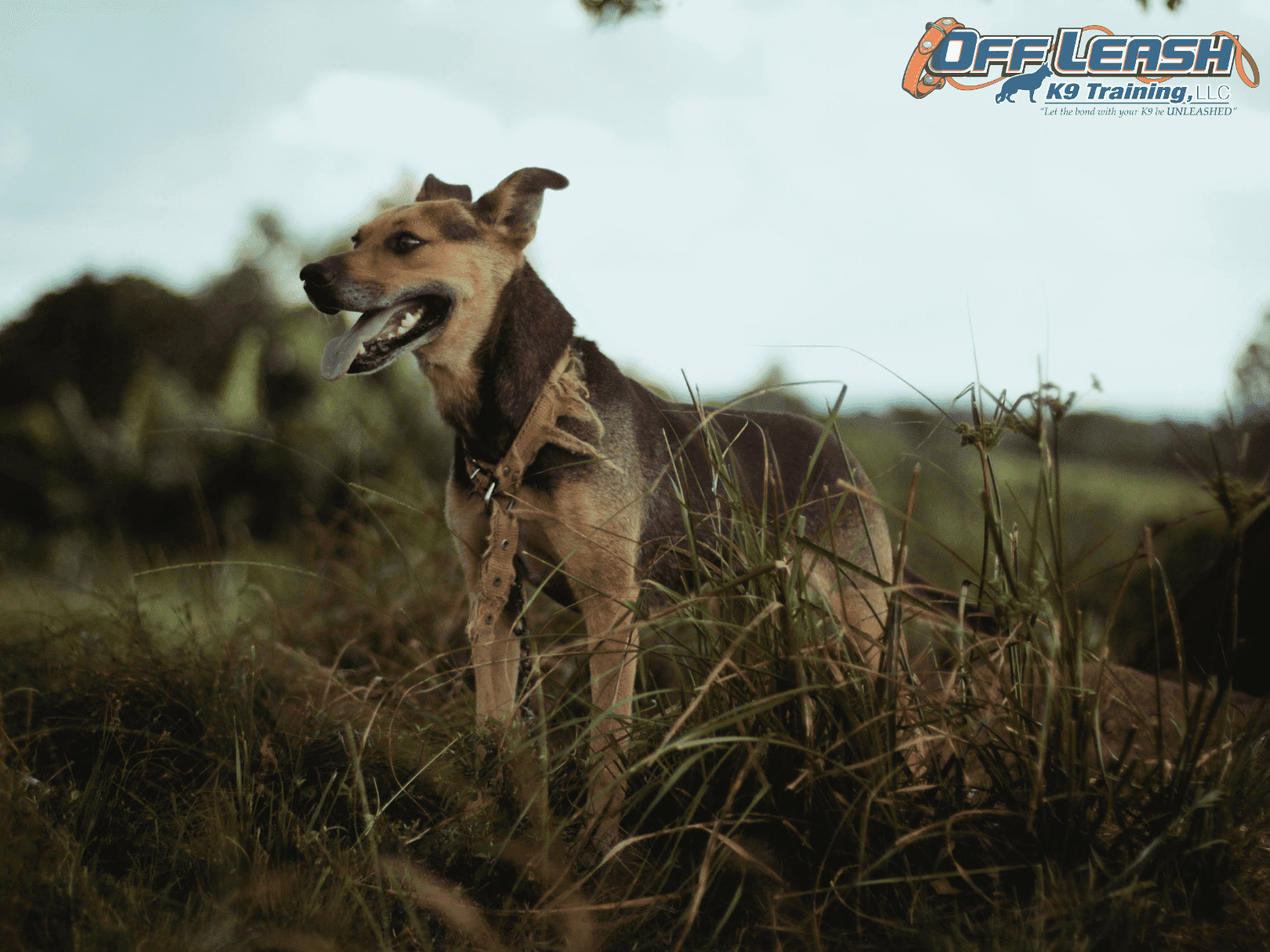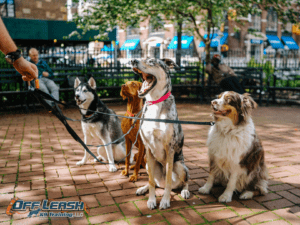Advocating for your dog and setting boundaries to ensure their safety and happiness, including saying no to stranger pets and understanding your dogs body language, as well as utilizing social referencing and training tips to build confidence around strangers, managing stressful situations, and finding help from professional trainers.
Introduction: Advocating for Your Dog and Setting Boundaries
Advocating for your dog encompasses being their voice across a myriad of situations, ensuring that their comfort, safety, and overall well-being are always at the forefront of interactions and activities. This advocacy involves a deep understanding of your dog’s individual needs, preferences, and fears, and the ability to effectively communicate these to others, particularly when encountering strangers. It’s essential to recognize that dogs, much like humans, have their own set of boundaries and comfort zones. Consequently, saying no to strangers who wish to pet your dog is not an act of unfriendliness but a critical aspect of advocating for your dog’s safety and comfort. It’s about establishing clear and respectful boundaries with unfamiliar individuals, which in turn helps your dog to feel secure, respected, and understood.
Moreover, setting boundaries does not only contribute to your dog’s sense of security but also fosters an environment where trust can flourish between you and your dog. By consistently prioritizing their needs and acting as their spokesperson, you’re sending a clear message to your dog that you are a reliable and protective leader. This level of advocacy strengthens the bond between you and your dog, enabling a more harmonious and enjoyable life together. It’s also a demonstration of responsible dog ownership, showing a commitment to not only your dog’s well-being but also to the safety and comfort of those around you. Engaging in this form of advocacy lays a foundation for positive interactions and experiences, paving the way for a well-adjusted and confident companion.
Understanding Your Dog’s Body Language
Recognizing and understanding your dog’s body language is a fundamental aspect of advocating for their well-being. Dogs communicate their emotions primarily through body language, which can range from subtle signs of discomfort to more overt expressions of fear or stress. For instance, stress cues such as yawning, lip licking, or avoiding eye contact may indicate that your dog is feeling uneasy or anxious, particularly around strangers or in new environments. These signs are crucial for dog owners to recognize as they can precede more pronounced signs of anxiety, such as trembling, a tucked tail, or excessive panting. Such behaviors are often subtle and might be easily overlooked by individuals unfamiliar with canine behavior, emphasizing the importance of being attuned to your dog’s non-verbal cues.
Moreover, understanding the nuances between fear-based and defensive aggression is essential for effectively advocating for your dog. A dog that growls or snaps may not be exhibiting aggression out of malice but as a response to feeling threatened. This defensive behavior is a form of communication, signaling that the dog is uncomfortable and needs space. It is vital for dog owners to not only recognize these behaviors but also to understand their underlying causes. By doing so, you can take proactive steps to remove your dog from stressful situations, thereby preventing any escalation of fear or aggression. Advocating for your dog in this manner involves being their voice, interpreting their body language for others, and ensuring they feel safe and understood. This deep understanding of your dog’s body language is a cornerstone of building a strong, trusting relationship between you and your pet, paving the way for a happier, more stress-free life together.
The Role of Social Referencing in Dogs
Social referencing is a critical aspect of how dogs interact with the world around them, relying heavily on their owners for cues on how to perceive and react to unfamiliar or uncertain situations. This reliance underscores the depth of the bond between dogs and their owners, with dogs demonstrating a keen sensitivity to human emotional cues. For instance, a dog encountering a stranger might initially feel unsure. However, if they observe their owner reacting with a relaxed and welcoming posture, the dog is likely to interpret the situation as non-threatening and may respond in a more relaxed or friendly manner themselves. This dynamic interaction between dog and owner’s emotions and behaviors is a clear testament to the intricate nature of social referencing in dogs.
On the flip side, an owner’s apprehension or tension in a particular situation can directly influence their dog’s emotional state, leading to increased anxiety or fearfulness in the dog. This phenomenon is particularly evident in scenarios such as vet visits or encounters with unfamiliar people, where a dog’s stress levels can significantly escalate if they detect stress or discomfort in their owner. Therefore, understanding and controlling one’s emotional responses in the presence of their dog is not just about managing the dog’s behavior but also about nurturing a sense of security and trust within them. Recognizing the power of social referencing not only empowers owners to better support their dogs in stressful situations but also enhances the overall relationship between the dog and owner, fostering a deeper understanding and bond.
Advocating for Your Dog in Public Spaces
Navigating the bustling environment of public spaces with your dog requires a proactive approach to ensure their well-being and safety. It’s essential to educate strangers on the appropriate ways to engage with your dog, emphasizing the importance of asking for consent before any petting occurs. This proactive communication serves not only to protect your dog from unwanted attention but also educates the public on respectful pet interaction norms. For instance, demonstrating the correct approach by asking strangers to allow your dog to sniff their hand first can set a positive precedent for interactions. However, it’s equally important to be vigilant and recognize the subtle cues that indicate your dog’s discomfort, such as turning away or lowering their body. In these moments, a polite but firm refusal of further interaction is crucial. By doing so, you’re not only advocating for your dog’s comfort but also preventing potential stress or conflict that could arise from forced engagements.
Moreover, the choice of environment plays a significant role in your dog’s comfort levels. Busy parks or crowded festivals can be overwhelming and stressful for dogs, especially those who are shy or easily startled. Opting for quieter, less crowded areas for outings can make a significant difference in your dog’s anxiety levels. Planning your visits during off-peak hours or finding secluded spots within public areas can allow your dog to explore and enjoy the outdoors without the added pressure of constant human interaction. Remember, the goal is to create positive experiences in public spaces, which sometimes means choosing to step away from potentially overwhelming situations.
Conclusion: Empowering Advocacy for Your Dog’s Well-being
Advocating for your dog requires a proactive approach, where understanding and communication are key. It’s about recognizing your dog’s non-verbal cues and being their voice in situations they find uncomfortable or stressful. This might mean setting boundaries with strangers who wish to interact with your dog, ensuring that your furry friend’s space and feelings of security are respected. By doing so, you not only protect your dog but also teach others the importance of consent and understanding when interacting with animals. This advocacy fosters a safe and happy environment for your dog, enhancing their well-being and your relationship with them.
Furthermore, enhancing your advocacy skills through professional training programs can make a significant difference in how you and your dog navigate the world together. Off Leash K9 Training of Phoenix offers a variety of training packages designed to address the unique needs of each dog and owner, focusing on 100% obedience, 100% off-leash, and 100% distraction-proof training. By participating in such programs, you’ll learn effective ways to communicate with your dog, manage their stress in various situations, and build a bond based on trust and understanding. For those looking to deepen their connection with their canine companions and ensure their safety in all aspects of life, exploring the personalized training options at Off Leash K9 Training of Phoenix is an excellent step toward empowered advocacy for your dog’s well-being.




